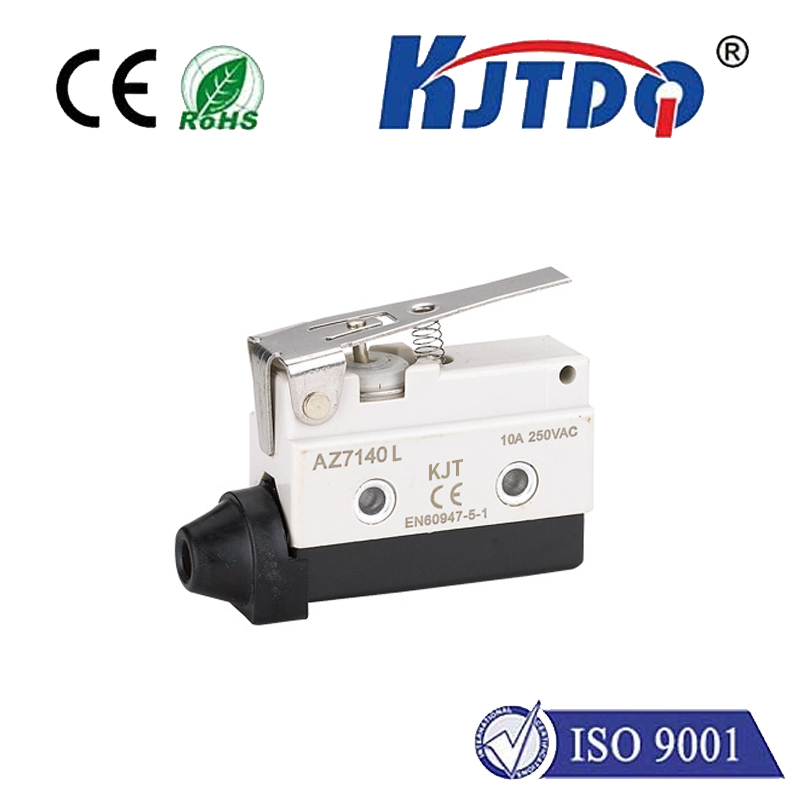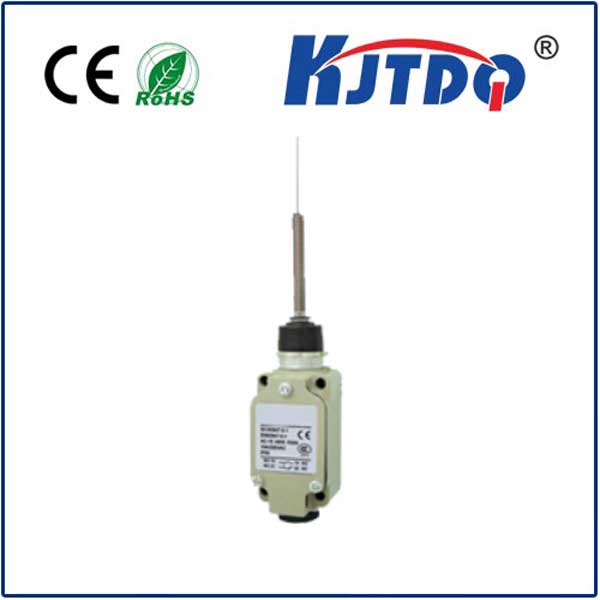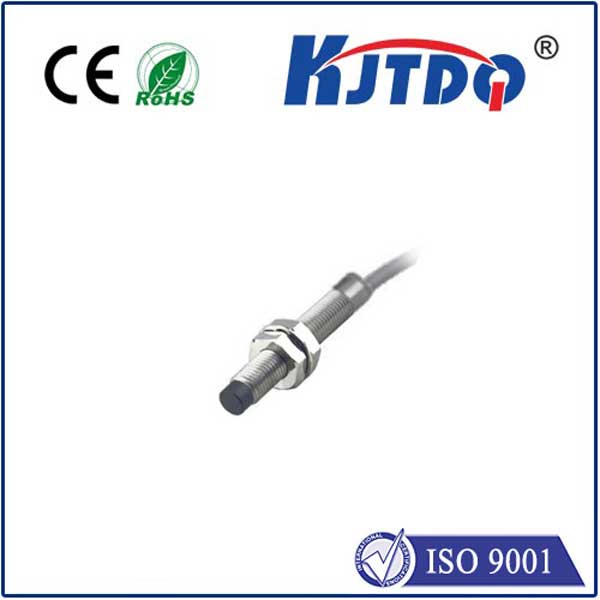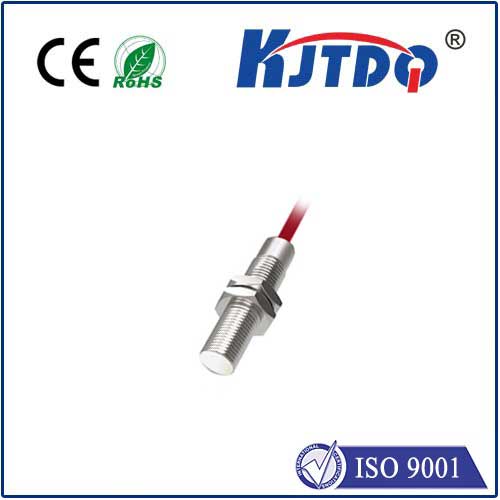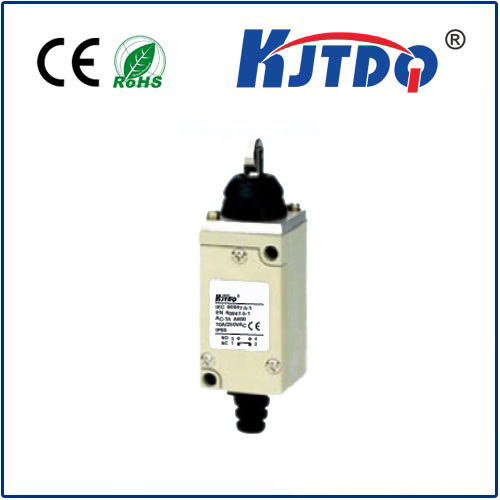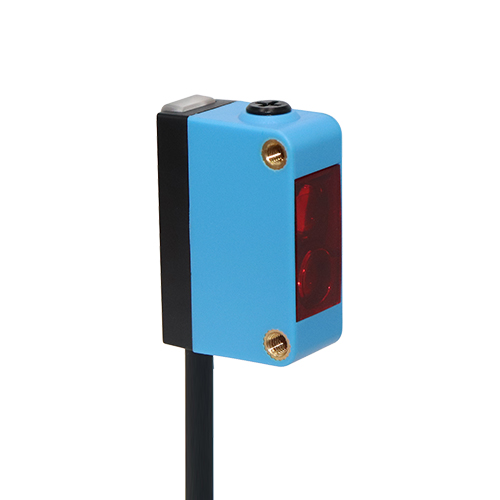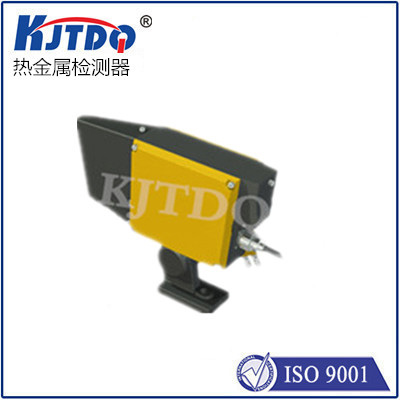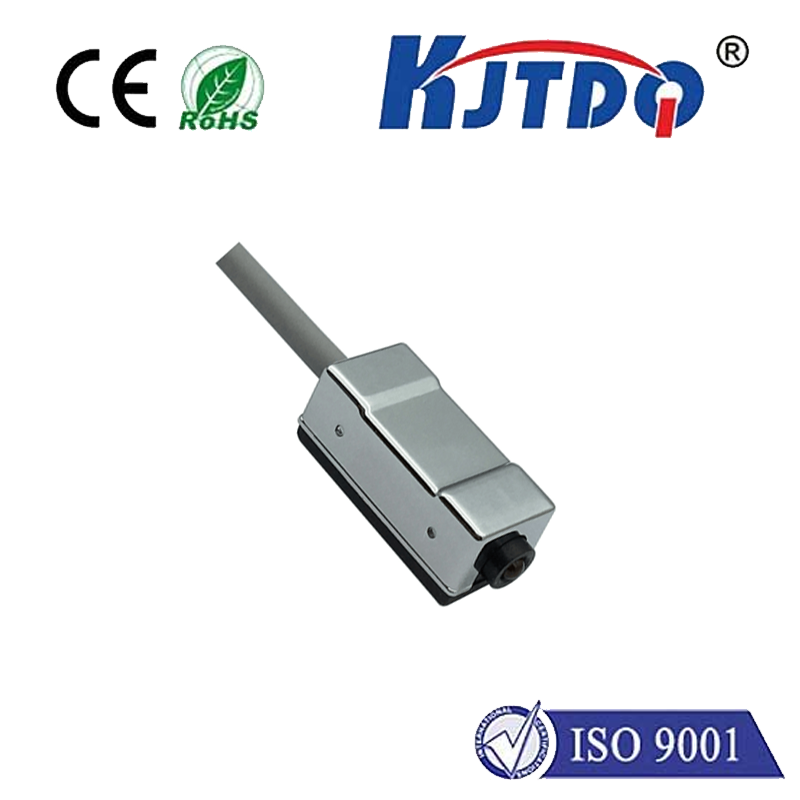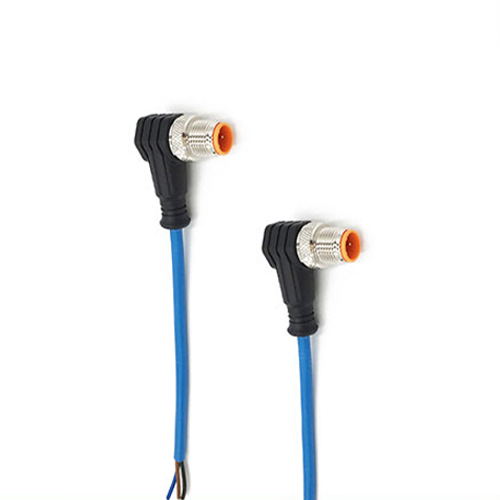45lms laser measurement sensor
- time:2025-08-27 14:41:40
- Click:0
Demystifying Precision: The Power of the 45lms Laser Measurement Sensor in Modern Automation
Imagine a robot arm effortlessly handling fragile components, guided by eyes that never blink. Picture an autonomous vehicle navigating a chaotic warehouse floor with centimeter-perfect awareness of its surroundings. At the heart of such technological feats often lies a crucial component: the laser measurement sensor. Specifically, sensors like the renowned LMS400 series (commonly referenced by identifiers including “45lms”) have become indispensable tools for achieving unparalleled precision and reliability in demanding industrial environments. This technology isn’t just about measuring distance; it’s about enabling smarter, safer, and more efficient automation.
Understanding the “LMS”: Laser Measurement Sensor Technology
Laser Measurement Sensors (LMS) represent a class of non-contact optical sensors that determine the distance to an object by analyzing properties of a reflected laser beam. The “LMS400 series,” often abbreviated in discussions or part numbers using variations like “45lms,” signifies a specific lineage of highly sophisticated sensors developed for industrial applications. These are not simple point-to-point distance meters; they offer advanced scanning capabilities. They typically employ the time-of-flight (ToF) principle: the sensor emits a short pulse of laser light and precisely measures the time it takes for the reflection to return. Since the speed of light is constant, calculating distance becomes a matter of exquisite timing.
The “45” in references like “45lms” often indicates a specific model variant within the LMS400 family, typically relating to its angular field of view or scanning range capabilities. It’s crucial to recognize “45lms” not as an official standalone product name, but as shorthand pointing towards the powerful capabilities inherent in this LMS sensor generation.

Unpacking the Capabilities: What Makes the LMS400 Series Stand Out?
Sensors in the LMS400 lineage, including those associated with the “45lms” identifier, are celebrated for their robust feature set designed for harsh industrial realities:
- Exceptional Scanning Range and Field of View: Many LMS400 variants offer an impressive 270° scanning angle. This wide field of view is achieved electronically, without any moving parts, significantly enhancing long-term reliability compared to mechanically rotating scanners. This allows a single sensor to monitor large swathes of an environment – ideal for navigation, area monitoring, or guarding large machinery.
- High Precision and Resolution: Accuracy is paramount. These sensors deliver consistent distance measurements, often with resolutions down to the millimeter level (±1mm or better is common depending on model and range), even under varying lighting conditions and on different surface types.
- Robust Performance in Diverse Environments: Built for factories, warehouses, and outdoor settings, these sensors boast:
- High Immunity to Ambient Light: Advanced optics and filtering minimize interference from sunlight or harsh artificial lighting.
- Object Recognition Capability: They can reliably detect objects regardless of color or surface texture (to a large degree), from dark matte surfaces to highly reflective metals.
- Rugged Construction: Designed to withstand vibrations, dust, and significant temperature fluctuations common in industrial settings.
- Multiple Outputs and Communication Protocols: Integration is seamless. They typically offer various output options like analog voltage/current, digital switching signals (PNP/NPN), and modern industrial fieldbus interfaces (e.g., PROFIBUS, PROFINET, EtherNet/IP). This flexibility allows them to feed critical data directly into PLCs, robots, and control systems.
- Advanced Software and Configuration: Intuitive configuration software enables users to set scanning angles, define monitoring fields (warning and safety zones), adjust sensitivity, and interpret complex measurement data easily.
Where Precision Meets Application: Key Use Cases
The versatility of the LMS400 series (“45lms” type) sensors makes them vital across numerous industries:
- Mobile Robotics & AGVs (Automated Guided Vehicles): Providing the “eyes” for navigation, obstacle detection, and collision avoidance. The wide 270° scan allows AGVs to map their surroundings comprehensively for safe and efficient path planning in dynamic environments like warehouses or factories.
- Conveyor Systems & Logistics: Used for precise object detection, position verification, dimensioning (length, width, height), and sorting. They can detect gaps, jams, or misplaced items on high-speed lines.
- Packaging and Material Handling: Ensuring accurate positioning of products for labeling, filling, palletizing, or robotic picking. Measuring stack heights or container fill levels reliably.
- Industrial Machinery & Automation: Providing safety through area monitoring around presses, robots, or assembly lines, creating virtual safety zones without physical barriers. Also used for process control, like monitoring material position during machining or assembly.
- Intralogistics: Optimizing storage and retrieval by verifying pallet positions in racks or guiding automated cranes.
- Building Automation & Access Control: Used for people counting, presence detection, and safety monitoring in doors, elevators, or restricted areas.
The Strategic Advantages of Choosing Advanced Laser Sensors
Investing in a high-performance laser measurement sensor like the LMS400 series translates into tangible operational benefits:
- Enhanced Productivity: Automation becomes faster and more reliable with precise, real-time spatial data, reducing cycle times and errors.
- Increased Safety: Non-contact monitoring creates robust safety zones, protecting personnel and equipment effectively.
- Reduced Downtime: High reliability, immunity to environmental factors (like dust or light), and lack of moving parts minimize maintenance needs and unplanned stoppages.
- Superior Flexibility: Wide scanning angles and configurable fields allow one sensor to handle tasks previously requiring multiple devices. Easy reconfiguration adapts to changing production needs.
- Improved Quality Control: Precise positioning and dimensioning ensure consistent product quality and reduce waste.
- Simplified Integration: Standard industrial interfaces and powerful software streamline the setup and connection to existing control architectures.
Conclusion: A Foundation for Smart Automation
While the shorthand “45lms laser measurement sensor” points towards a specific technological powerhouse – the SICK LMS400 series – its significance lies in representing the pinnacle of what modern laser scanning can achieve in demanding automation. Offering an unmatched combination of wide-area scanning (up to 270°), exceptional accuracy, robust reliability, and seamless integration, these sensors provide the spatial intelligence that modern robotics, logistics, and manufacturing processes fundamentally rely upon. They transform abstract environments into precisely mapped data landscapes, enabling machines to perceive, decide, and act with unprecedented confidence and efficiency. In the quest for smarter, safer, and more productive industrial operations, advanced laser measurement technology is no longer a luxury; it is the bedrock of intelligent automation.






